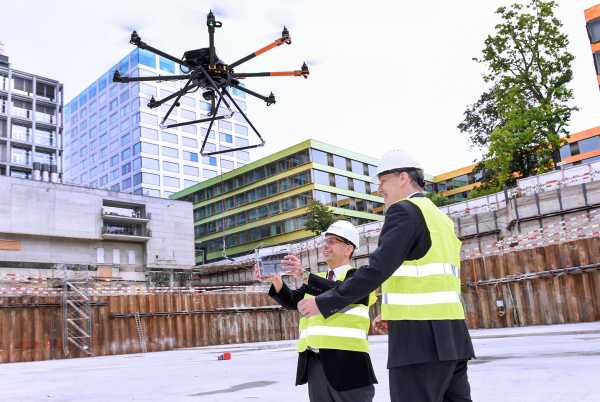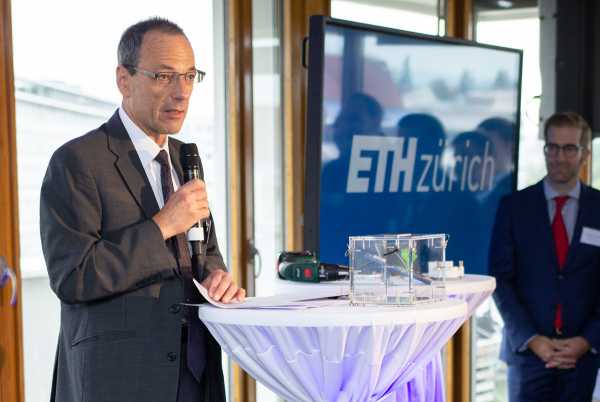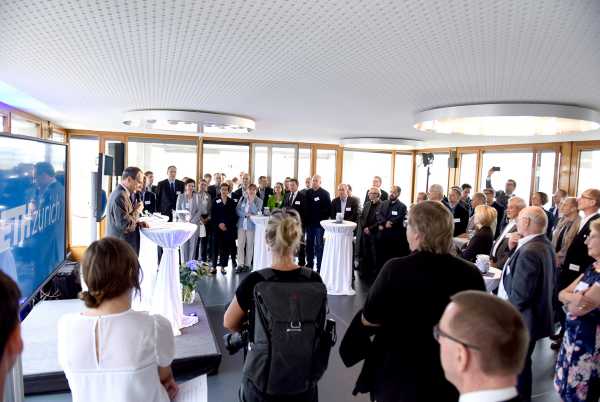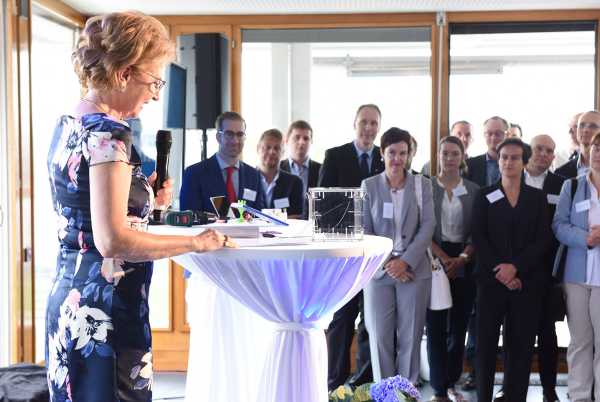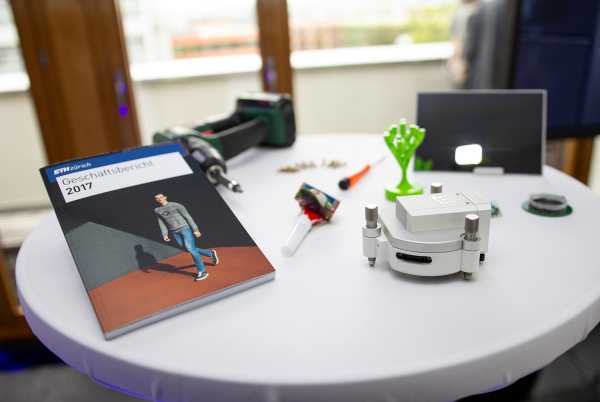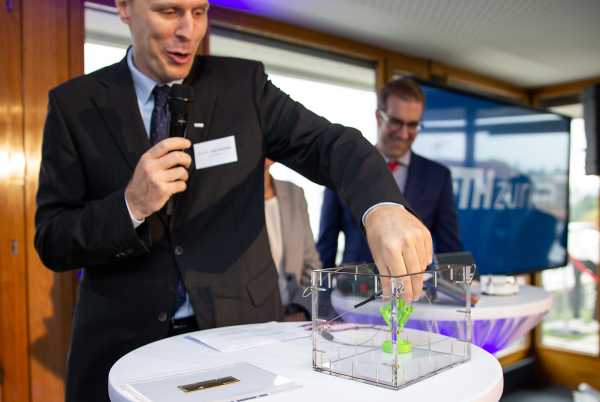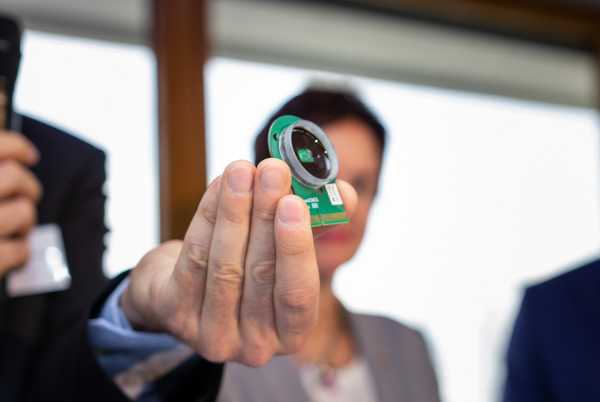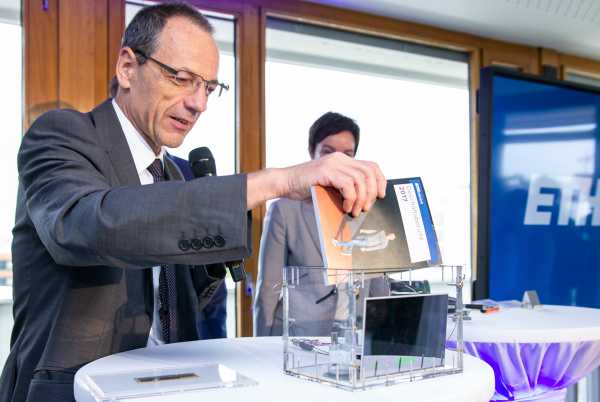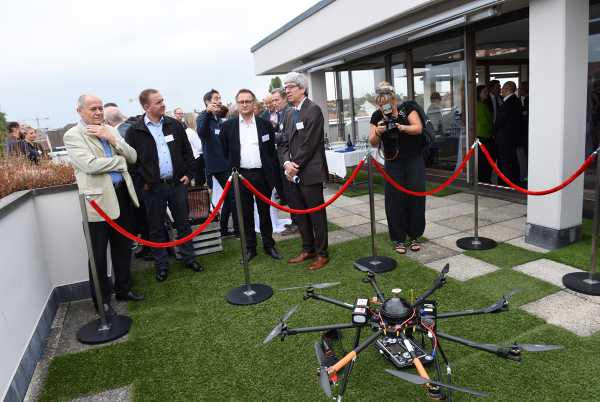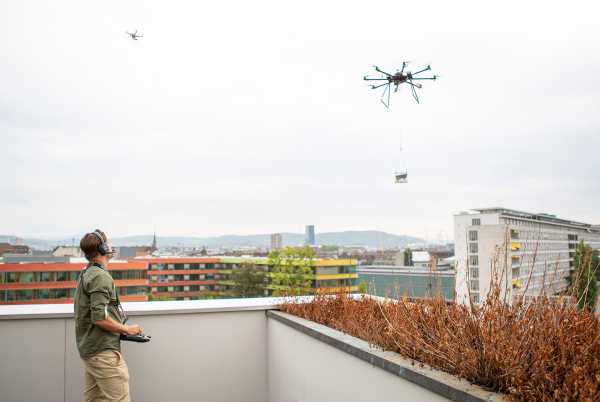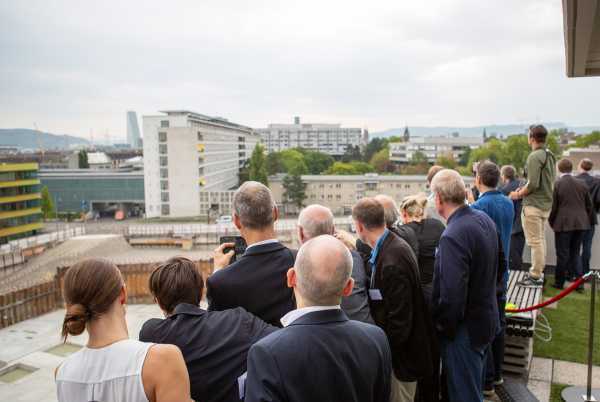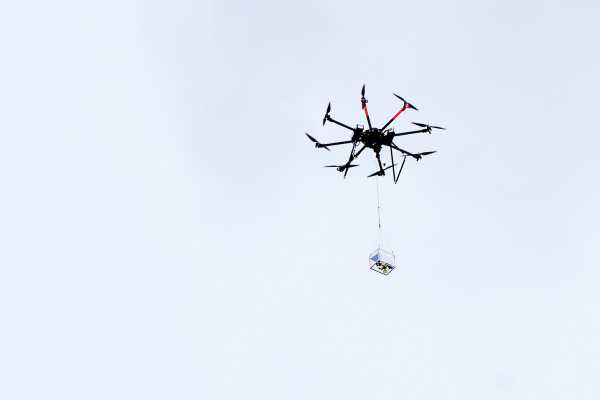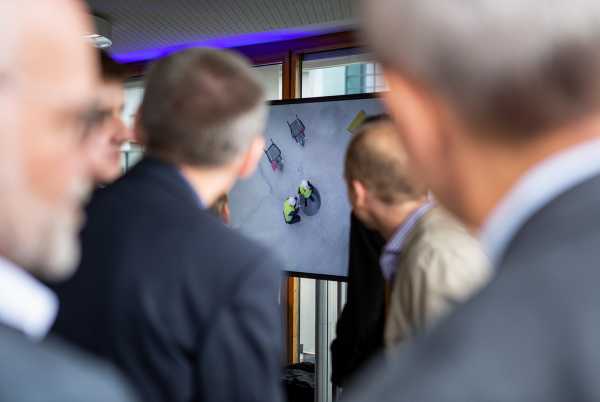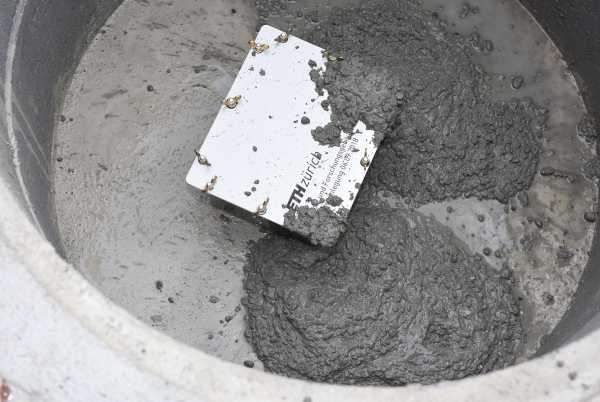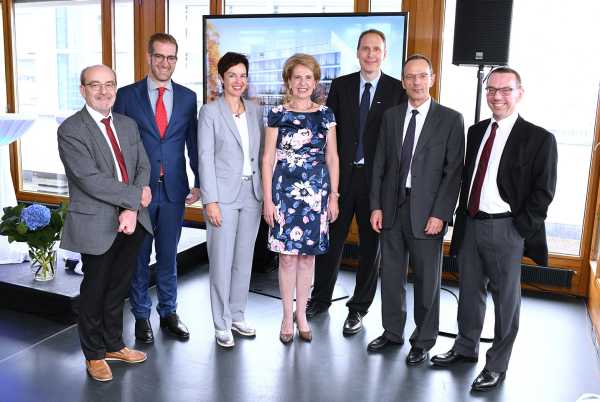A new home for ETH’s Department in Basel
Today ETH Zurich celebrated the laying of the foundation stone for its new building on the Schällemätteli campus in Basel. As from 2022, all the research groups at the Department of Biosystems Science and Engineering will be united under one roof, in close proximity to important partners.
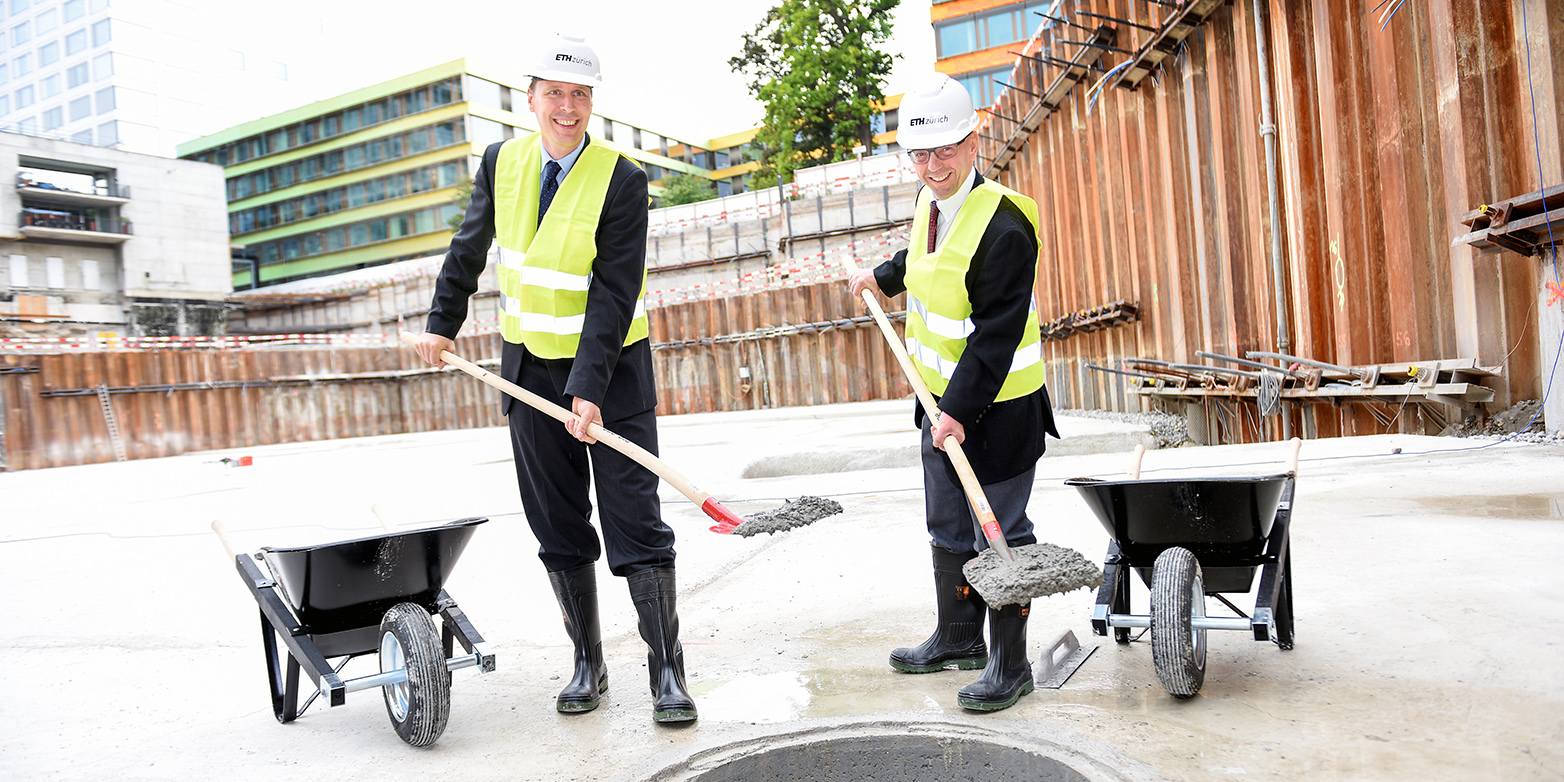
They develop mathematical models to gain a better understanding of epidemics, search through large data sets for correlations between genetic characteristics and the occurrence of complex diseases, and test pharmaceutical agents in cell tissues on electronic chips. The researchers at the Department of Biosystems Science and Engineering (D-BSSE) in Basel are set on advancing synthetic biology and personalised and data science-based medicine through interdisciplinary cooperation. Engineers, experimental and computational biologists will all be accommodated in the new building on the Schällemätteli campus as from 2022. ETH Zurich is investing approx. CHF 200 million in the building designed by architectural office Nickl & Partner.
Strengthening collaboration
"Medicine and life science are among ETH Zurich's strategic priorities," said ETH President Lino Guzzella at today's laying of the foundation stone. "Our department in Basel gives us access to a research network that is amongst the most important networks in this area worldwide." The new building in the immediate vicinity of the University, the University Hospital Basel and the University Children's Hospital Basel will give the D-BSSE a new home while enhancing interaction with industry and medical research. "We greatly value the current collaboration with our local partners and hope that the geographical proximity will mean we can benefit even more from each other's expertise," added Timm Schroeder, Professor and Head of D-BSSE. The open, interdisciplinary exchange they are striving for is reflected in the spatial permeability of the planned building, which presents a welcoming face of the campus to the city.
The Rector of the University of Basel joined District Councillor Conradin Cramer (BS) and District President Monika Gschwind (BL) in their enthusiasm for ETH’s investment in the Basel location: "We are extremely proud of our immediate neighbourhood and delighted that the new building will establish a long-term presence for ETH in Basel," affirmed Andrea Schenker-Wicki.
Exploiting synergies in the infrastructure
On the Schällemätteli site, ETH Zurich and the University of Basel will also cooperate more closely at the infrastructure level, resulting in further synergies. The scientific facilities housed in the new ETH building will be available to university members – for example, clean rooms for manufacturing microelectronic and body-on-a-chip equipment, and a Good Manufacturing Practice facility where implantable cells and artificial tissue can be specially produced to meet quality requirements for clinical studies in humans. In turn, ETH researchers will benefit from sharing the University of Basel’s laboratory animal units, and the ETH building will be supplied with heat, cooling and hot water from nearby university buildings. The Genomics Facility Basel, which is already co-managed with the University of Basel, will continue as a joint venture at the new site; here researchers will have state-of-the-art equipment for genome sequencing and data analysis at their disposal.
How ETH Zurich came to Basel
The present Department of Biosystems Science and Engineering was founded in 2006 as a re-search centre in Basel. In the same year, the ETH Zurich Executive Board decided to restructure the centre to a department as of 1 January 2007. After two years in construction, it was officially opened in 2009 and started operations as a research and teaching department of ETH Zurich – the first and so far only one outside the Zurich location. Since it was founded, the Department of Bio-systems Science and Engineering has been located on the Rosental site. The initial seven profes-sorships have now grown to 18, with some 250 young scientists and 50 employees currently dis-tributed over several buildings.
Impressions from the laying of the foundation stone. (Photographs: ETH Zurich / Pino Covino and Daniel Gerngross)
